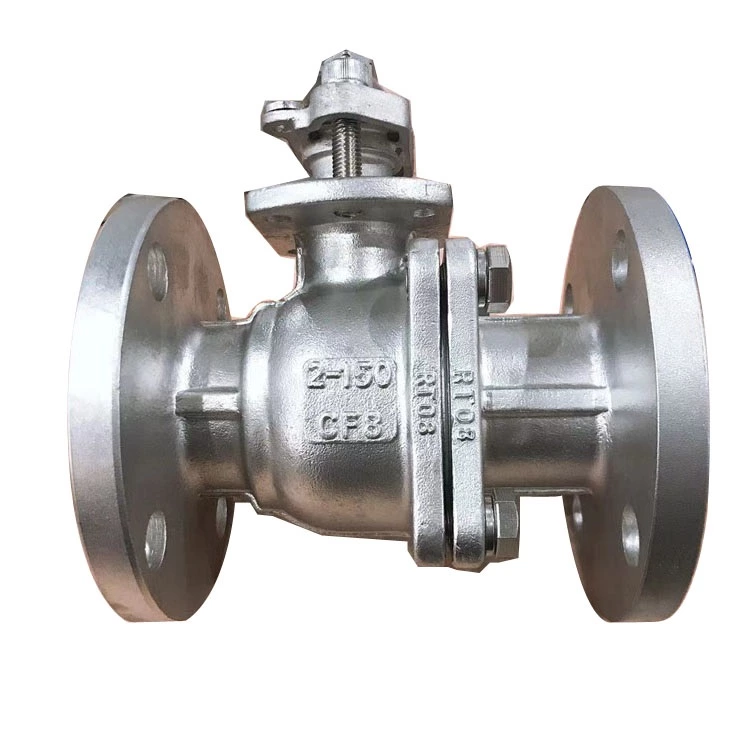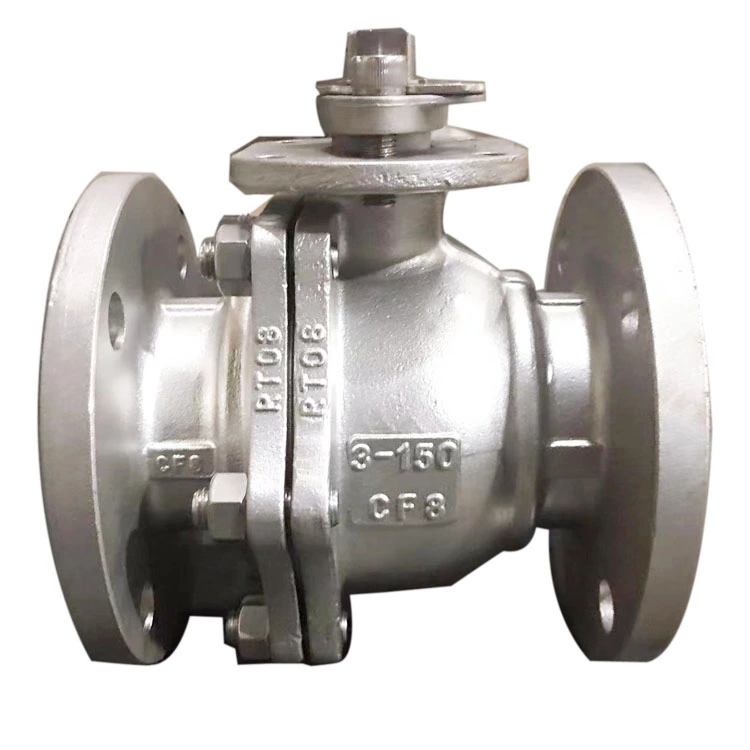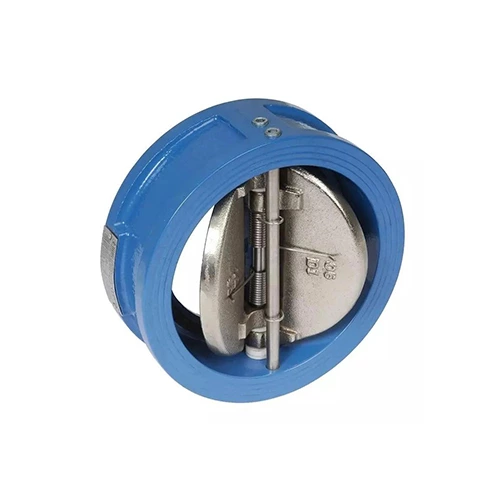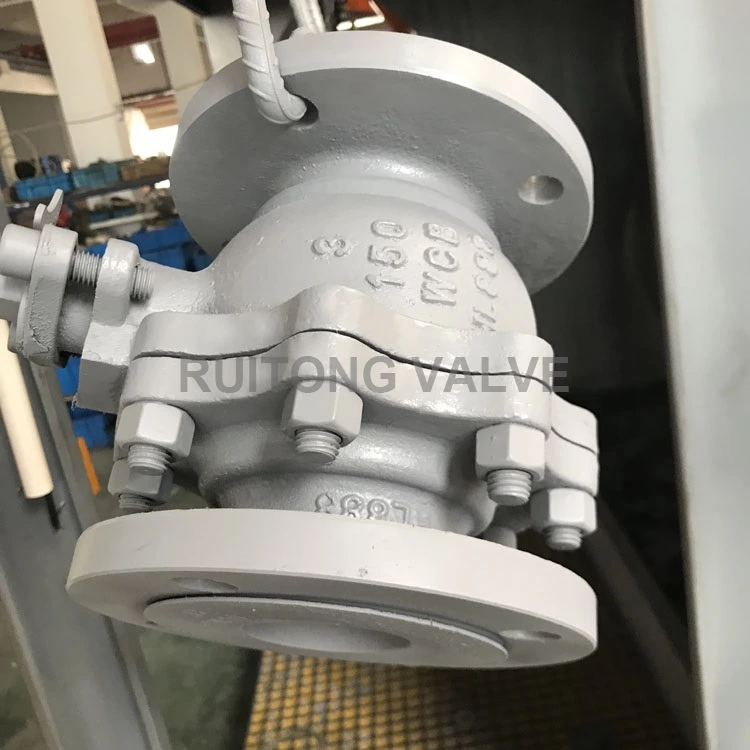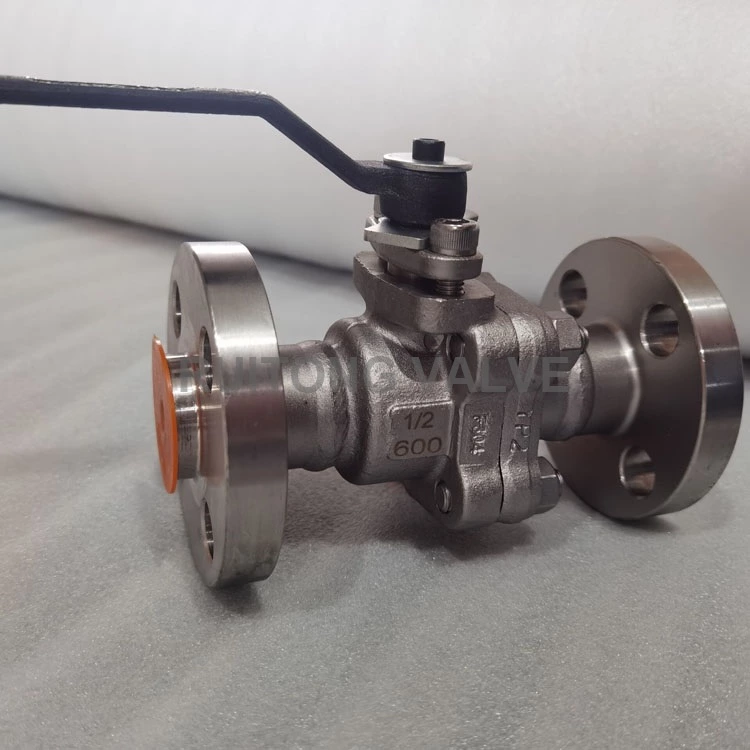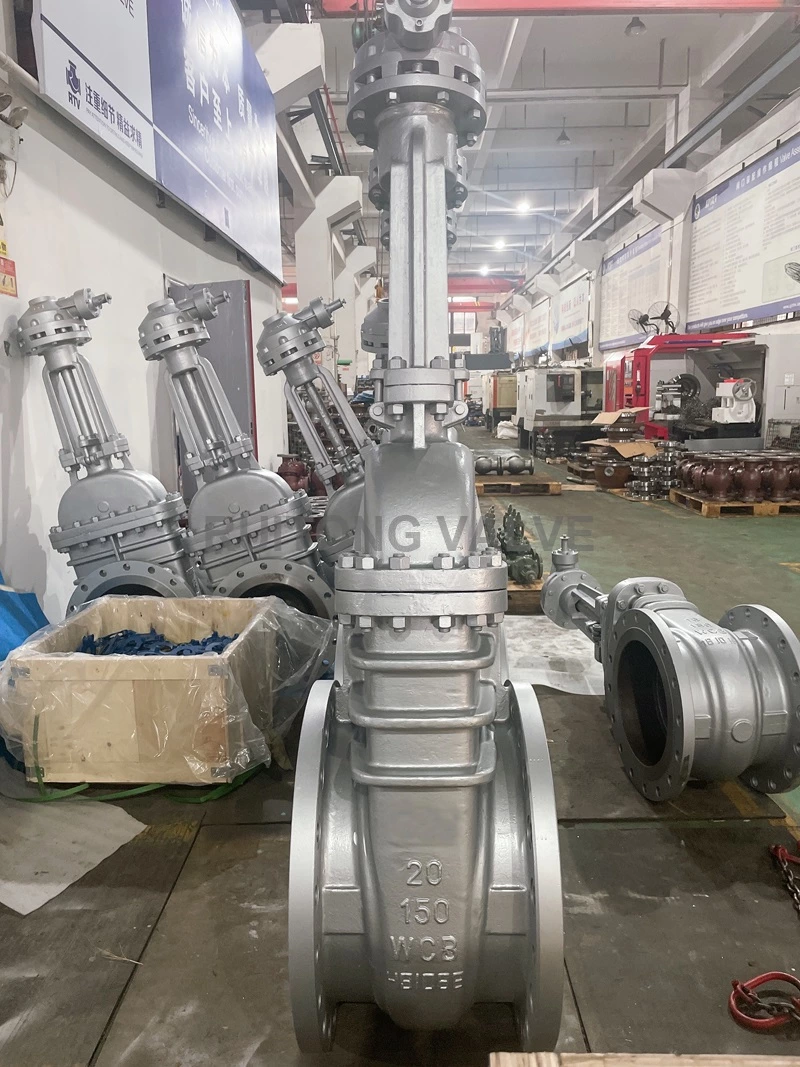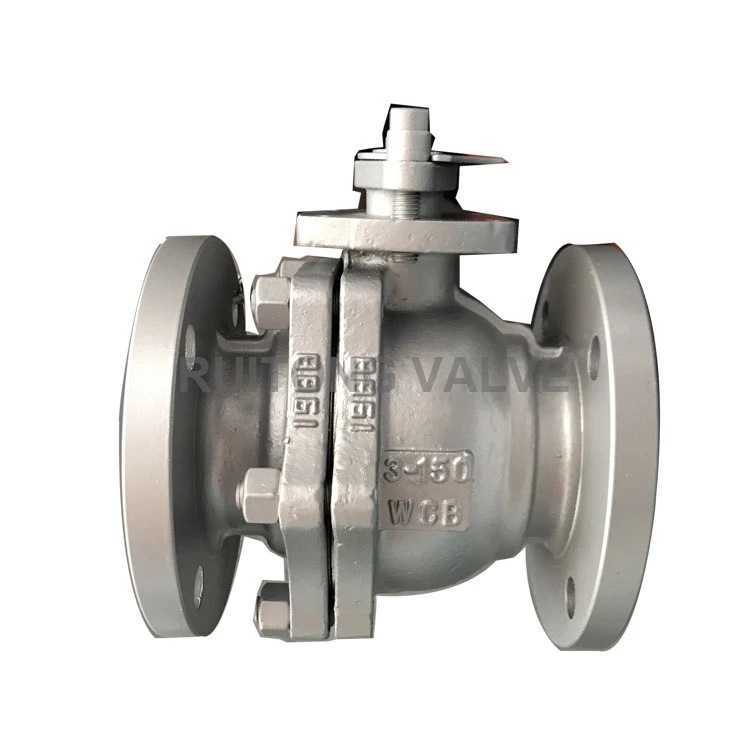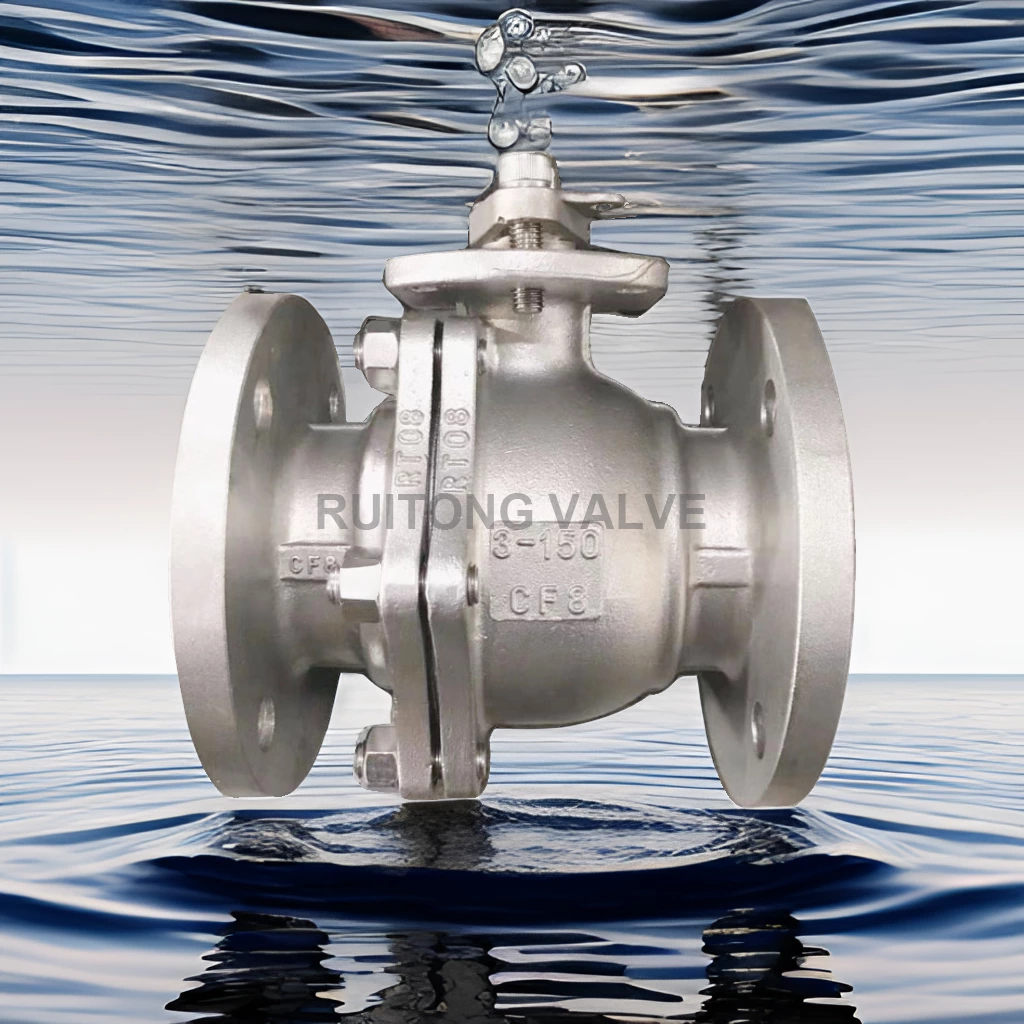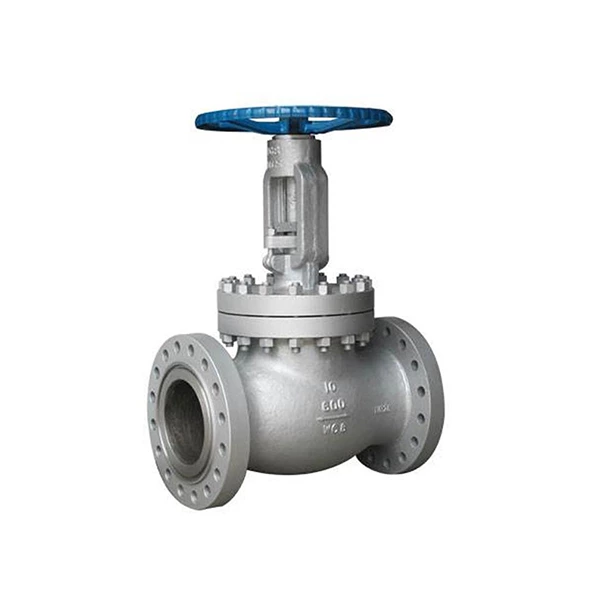Steps And Basis For Selecting Valves
Selection steps:
1. Clarify the purpose of Ball Valve in the equipment or device, and determine the working conditions of the valve: applicable medium, working pressure, working temperature, etc.
2. Determine the nominal diameter and connection method of the pipe connected to the valve: flange, thread, welding, etc.
3. Determine the way to operate the valve: manual, electric, electromagnetic, pneumatic or hydraulic, electrical linkage or electro-hydraulic linkage, etc.
4. Determine the material of the shell and internal parts of the selected valve according to the medium, working pressure and working temperature of the pipeline: gray cast iron, malleable cast iron, ductile iron, carbon steel, alloy steel, stainless acid-resistant steel, copper alloy, etc.
5. Select the type of valve: closed-circuit valve, regulating valve, safety valve, etc.
6. Determine the type of valve: gate valve, stop valve, ball valve, butterfly valve, throttle valve, safety valve, pressure reducing valve, steam trap, etc.
7. Determine the parameters of the valve: For automatic valves, first determine the allowable flow resistance, discharge capacity, back pressure, etc. according to different needs, and then determine the nominal diameter of the pipeline and the diameter of the valve seat hole.
8. Determine the geometric parameters of the selected valve: structural length, flange connection form and size, valve height dimension after opening and closing, connected bolt hole size and number, overall valve dimensions, etc.
9. Use existing information: valve product catalog, valve product sample, etc. to select appropriate valve products.
Basis for valve selection:
While understanding and mastering the steps of valve selection, you should also further understand the basis for valve selection.
1. The purpose, operating conditions and operation control methods of the selected valve.
2. The nature of the working medium: working pressure, working temperature, corrosive properties, whether it contains solid particles, whether the medium is toxic, whether it is flammable or explosive, the viscosity of the medium, etc.
3. Requirements for valve fluid characteristics: flow resistance, discharge capacity, flow characteristics, sealing level, etc.
4. Requirements for installation dimensions and external dimensions: nominal diameter, connection method and connection dimensions with pipelines, external dimensions or weight limits, etc.
5. Additional requirements for the reliability, service life and explosion-proof performance of valve products.
When selecting parameters, please note:
If the valve is to be used for control purposes, the following additional parameters must be determined: operation method, large and small flow requirements, pressure drop of normal flow, pressure drop when closed, large and small inlet pressure of the valve.
According to the above basis and steps for selecting valves, when selecting valves reasonably and correctly, it is also necessary to have a detailed understanding of the internal structure of various types of valves so that the correct choice of the preferred valve can be made.
The final control of the pipeline is the valve. The valve opening and closing parts control the flow pattern of the medium in the pipeline. The shape of the valve flow channel gives the valve a certain flow characteristic. This must be taken into account when selecting valves suitable for installation in the pipeline system.
